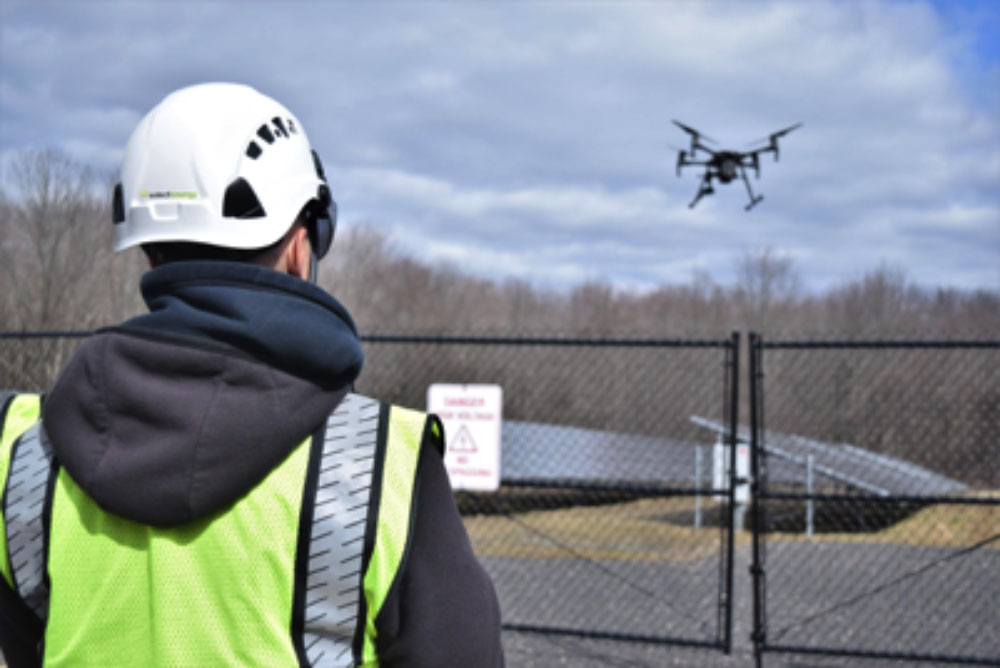
Solect Energy
It’s no secret that new technologies are up-ending many industries and real estate is no exception. We are also seeing this first-hand when it comes to solar energy systems. If you are a property owner considering a solar energy system you probably are aware of the cost savings and environmental benefits, but what happens after you install a system? How do you ensure that your investment is operating optimally and achieving projected returns?
The good news is that technology is making owning and operating a solar energy system easier than ever. Like any other capital investment, you want to make sure that your new asset is:
1.) Operating at full capacity and peak efficiency;
2.) That any problems are fixed quickly and easily without disrupting operations; and
3.) You want to know how the asset’s performance is affecting your bottom line.
Solar energy service providers are deploying a range of new technologies that are making all three of these priorities much easier to manage, further increasing the value of your asset.

Data Acquisition
New data acquisition systems (DAS) make it possible to remotely and constantly monitor your solar energy system to make sure it is performing at peak capacity. These systems can tell your service provider if your system is working at maximum efficiency and alert them immediately if your system is experiencing a loss in production. The best DASs include a user-friendly monitoring dashboard which allows the system owners to check production directly and provides the opportunity to educate tenants and customers about the building’s green performance. Many data acquisition software tools that are used to monitor solar energy systems can also be used to track a building’s overall energy use. Applying these tools to whole building systems give property managers and owners the information needed to implement additional energy reduction measures.
Preventing or Quickly Fixing Problems
New data acquisition and remote monitoring systems can more quickly identify when your system may be experiencing a problem. This is important for rooftop solar installations which are usually out of sight, out of mind. Once a problem has been identified, service providers are using a range of tools such as field dispatch systems, and drones equipped with thermal monitoring technology to quickly and accurately identify the exact problem and send technicians to address issues immediately.
Internet-enabled field dispatch systems provide a seamless integration for the customer and service provider. When the service agreement is first set-up, the system will capture information like point of contact, roof access points and other building or operational issues that need to be considered. This means the service provider can quickly get access to the system with minimal hassle for the system owner. This approach is also great for proactive maintenance programs which allow your service provider access to your system with minimal disruption for customers and staff.
For some problems, service providers have found a new solution that can save hours of diagnostic testing – drones. Drones equipped with infrared cameras can quickly identify specific panels or other pieces of equipment that are not performing properly. This saves the service provider from having to laboriously test each panel to see if it is operating correctly. Aerial monitoring is an efficient way to identify problems for larger arrays which could require many hours of diagnostic testing to locate the problem.
Understanding Financial Impacts
New software platforms can also make it easier for asset owners to understand how their systems are performing, and whether or not the systems are meeting projected results. User-friendly interfaces can show how much energy the system has produced and track SREC (or other incentive) payments. This makes it easier to understand how your system is contributing to the bottom line, making fiscal planning easier. It will also give you a better understanding of how much energy you are producing versus how much you are still buying from the utility. An added bonus is that if there is ever a mistake on your utility bill, these systems will be able to help provide the data necessary to identify the discrepancy.
Like so many other parts of our lives, technology is making owning a solar energy asset easier and more affordable than ever.
Steve Bianchi is senior vice president of customer services and a partner at Solect Energy, Hopkinton, Mass.
